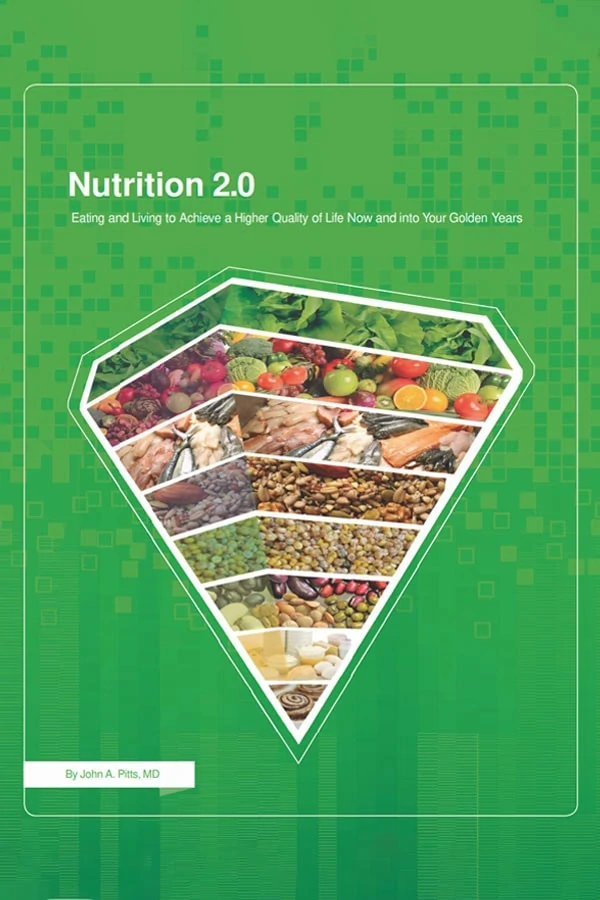BMAC Injections For Cervical Anterior Longitudinal Ligament Injuries
Am I a Candidate?Have a whiplash injury that is not getting better? Have you been told you have an anterior longitudinal ligament (ALL) injury? Want to know how you can treat the actual problem? Learn how the novel Percutaneous treatment of the Anterior Longitudinal Ligament (PALL) with Bone Marrow Aspirate Concentrate (BMAC) can help.
What Is Bone Marrow Aspirate Concentrate (BMAC)?
Before we discuss Bone Marrow Aspirate Concentrate, or “BMAC” for short, let’s discuss what bone marrow is.
Bone marrow is a spongy, thick, liquid-like tissue found in the center of bones that is responsible for producing various types of blood cells, including red blood cells, white blood cells, and platelets. Bone marrow also contains various different types of stem cells, which are cells that are precursors to more specialized cells.
The two main types of stem cells that can be found in bone marrow are:
- Hematopoietic stem cells (HSCs) are precursors to the different blood cells
- Mesenchymal stem cells (MSCs) can differentiate into different musculoskeletal tissues such as cartilage, bone, tendon, and ligament cells.
Bone marrow has many cells and growth factors that are responsible for a healthy immune system, tissue repair, and regeneration.
Bone marrow can be taken using a specialized needle to aspirate some of the liquid marrow. The most common source of bone marrow to aspirate is the iliac crest, specifically the posterior iliac crest (back of the hip bones). This location has a plentiful source of mesenchymal stem cells, and it is also a safe and comfortable site for a bone marrow aspiration procedure.
Aspirated bone marrow can, then, be centrifuged and processed to remove the red blood cells and isolate and concentrate the stem cells, platelets, and growth factors. This is bone marrow concentrate (BMAC).
One thing to note, however, is BMAC is not all the same. Two major factors determine the quality of BMAC.
One is the aspiration technique. For example, it has been known for years, based on research, that taking small amounts of marrow from multiple sites is the best way to optimize stem cell numbers (1-3). This is because, while the bone marrow is rich in stem cells, the bone marrow connects to the peripheral vascular system which has a very low number of stem cells.
So, if a doctor only aspirates a large volume from a single site, in the first few milliliters there will be lots of stem cells, but then the rest of the draw will be stem cell poor. So while, taking a large volume of marrow from one site may be quicker and easier for the doctor, this will dramatically affect the stem cell counts which can reduce the efficacy of treatment.
A more effective bone marrow draw involves placing the needling in several areas around the posterior iliac crest and aspirating a small amount of marrow from each location. It takes only a few minutes more but is still quick and comfortable but most importantly, it maximizes stem cell yield and improves the clinical success.
The second factor is how the bone marrow aspirate is processed. Most BMAC is created by an automated bedside machine that creates a 1-size-fits-all product. It doesn’t account for variation between different patient samples, which means it has limitations on collecting stem cells and concentrating the cells.
In contrast, at the Centeno Schultz Clinic and all Regenexx Providers, we process a patient’s bone marrow in a lab by hand. This way we can customize the processing for each sample and can usually concentrate bone marrow many times better than bedside machines. We also have a patented proprietary process that isolates a second stem cell fraction in the bone marrow that is wasted by all automated machines. This increases stem cell yields.
The last part of the equation for a successful BMAC procedure is the precise placement of the cells directly into the injured tissue. This required a highly specialist and well-trained physician that can utilize ultrasound and or fluoroscopy (X-ray) guided to accurately inject the BMAC.
What Are The Benefits Of BMAC As A Treatment Option?
BMAC is a safe and effective treatment with growing evidence it can help treat a variety of musculoskeletal problems. Here is a summary of all the stem cell research up to 2021 that is updated by Dr. Centeno’s yearly 2021 Bone Marrow Research Infographic published by Regenexx.
A viable and safe therapy option
Bone Marrow Concentrate is autologous, meaning it comes from you and goes back into you, so it is not a drug or foreign tissue. This limits the risk of infection, side effects, and tissue rejection.
BMAC is incredibly safe. We have published the largest safety studies on BMAC (4) and Dr. Hernigou of France also published a large study showing there was no risk of cancers (5).
Low levels of intrusion and discomfort
The bone marrow aspirate is also extremely safe and comfortable. Most patients are nervous before a bone marrow aspiration but the vast majority of patients find it well tolerated. Sedation can be given to very nervous patients as well.
Effective tissue repair after injury or harm
BMAC actually promotes the healing of damaged tissue, so it addresses the root cause of pain rather than just being a temporary pain solution.
BMAC can help treat even more severe orthopedic injuries compared to platelet-rich plasma (PRP).
Decreased long-term orthopedic conditions
BMAC procedures can dramatically reduce the need for orthopedic surgeries and save many patients from risky steroid injections and invasive surgeries.
Recovery from BMAC procedures is much quicker than most surgeries.
Are There Risks Involved?
BMAC procedures are very safe but all medical procedures have risks. It is critical to work with a well-trained provider to minimize any potential risks.
- With any injection, there is a risk of infection. All bone marrow aspiration procedures and injections of BMAC should be done under sterile conditions to mitigate this very low risk.
- With any injection there is a risk of bleeding or bruising which is usually self-resolving. This risk is mitigated by coming off blood thinners per your doctor’s recommendation before procedures.
- Risks of infection and bleeding are far less than with that of surgery.
- There is no risk of tumors or cancer with the use of BMAC.
Conditions That Bone Marrow Aspirate Concentrate Injections Treat
BMAC has evidence that it can help with a plethora of musculoskeletal injuries (Orthopedic Bone Marrow Stem Cell Historical Timeline (regenexx.com). Common indications will be listed below.
In general, Regenerative Medicine injections stimulate the body to heal itself. For small problems, less stimulus is needed. For larger problems, more stimulus is needed, and some problems are too severe and need surgery. BMAC provides the largest regenerative medicine healing punch we can give in the United States, so it is most commonly used for moderate to severe problems such as:
- Moderate to severe joint osteoarthritis
- Joint cartilage or osteochondral defects
- Bone osteonecrosis
- Bone non-healing fractures
- Knee Meniscal tears
- Hip and shoulder Labral tears
- Intervertebral disks tears
- Partial to high-grade tendon tears
- Partial to high-grade ligament tears
- Anterior Longitudinal ligament tears (PALL)
How Is BMAC For Cervical Anterior Longitudinal Ligament Injuries?
At the Centeno Schultz Clinic, Dr. John Pitts has pioneered and refined the technique of injecting the ALL ligament. The complexity of this procedure has deterred 99% of providers from even attempting it. The technique is referred to as the Percutaneous Treatment of the Anterior Longitudinal Ligament (PALL), which employs a combination of ultrasound and fluoroscopy to safely administer injections to the C2-T1 area, specifically targeting the ALL ligaments.
The successful execution of these injections requires a profound understanding of spinal anatomy, along with years of experience in performing x-ray and ultrasound-guided injections to acquire exceptional ultrasound needle visualization skills and spatial orientation abilities.
Careful attention must be paid to avoid vital structures such as nearby arteries, veins, and nerves located in the front of the neck. It is important to note that this is a highly skilled and intricate procedure that cannot be performed by general practitioners, orthopedic surgeons, or conventional pain management specialists.
What To Expect in Undergoing a Bone Marrow Aspiration and the PALL Procedure
To ease anxiety and properly prepare you want to be aware of what is involved in the Bone marrow aspiration and PALL procedure.
What To Do To Prepare:
Before any regenerative medicine procedure, making sure you are in optimal health is important as you are using your own body to heal itself. So working on the diet and getting some exercise within your physical limits is important. Read Dr. Pitts’ guidebook to optimal nutritional health for both life and for preparation for a BMAC procedure, Nutrition 2.0.
Next, it is important to discuss what medications you are taking as some can harm stem cells, healing, or the procedure. Most patients need to be off all steroids, NSAID drugs, and blood thinners. Your doctor may recommend coming off other medications if possible.
Immediately before the procedure, you should stay hydrated in the days before to make it easier to obtain marrow. You will need to stop eating solid foods for 6 hours before your bone marrow draw. This is to reduce the risk of nausea and vomiting because, for the procedure, you will be laying on your stomach and you may or may not have any medications for sedation.
Talk with your doctor about what medication, if any, you may take before or during the procedure to help you relax if you are anxious. Even though the Bone marrow aspiration is comfortable, most people still don’t know what to expect and are anxious.
If you decide to take any medication you will need to arrange a driver.
During BMA Procedure:
You will be positioned on your stomach and standard monitors to record your vital signs will be placed. Oxygen will be provided. Your low back and buttocks areas around the iliac crest will be thoroughly cleaned and draped to prevent infection.
Your doctor will then inject a local anesthetic with a small needle so you will not feel any pain from the larger needle used to draw bone marrow. The doctor will allow a few minutes for the anesthetic to take effect, and then the doctor will proceed with taking out the bone marrow.
You may feel some pressure as the needle is easily maneuvered into the marrow space and you may feel a weird, mild ache just as marrow is aspirated. There is usually only minimal discomfort and the more relaxed you are, the more comfortable you will be. Your bone marrow with being collected and sent for processing. The procedure usually take a total of 20-30 minutes.
Post-BMA:
Afterwards you will be given bandages to cover the injection sites. You may have some slight tenderness over the areas for a few days but typically not any pain.
PALL Procedure
After your bone marrow is processed and concentrated, you will be set up for the PALL procedure. You will set up similar to the bone marrow aspiration with monitors, cleaning, and a sterile drape but placed on your back for this procedure. More than likely your doctor will recommend IV sedation for this procedure, as it is essential to keep you still and relaxed for safety.
With adequate sedation, you should be very comfortable or asleep. Your physician will use ultrasound and X-ray to precisely inject BMAC into the damaged parts of the ALL. Depending on your particular problems, likely other areas in the neck such as your disks, facet joints, ligaments, or around irritated nerves may be injected as well.
After-Procedure Care
After the PALL procedure you will be sent to recovery to allow the sedation to wear off and you can go home with a friend or family member. You will likely have some mild to moderate soreness in the neck but most patients will not require any neck collars or immobility.
You will be given specific rehab protocols and post-procedure care instructions. You will be given non-NSAID pain medications as needed for a few days. You should expect gradual healing and improvement over several months.
You doctor will follow up with you in 2-3 months to check on your progress and see what steps would be next.
Get The Best Treatment Plan For Your Condition Today
If you are struggling with neck pain or whiplash injury and feel lost on what to do, reach out to Dr. Pitts or Dr. Markle at the Centeno Schultz Clinic for evaluation ASAP. There are safe effective alternatives to surgery that can get you back to an active life. BMAC is a powerful regenerative medicine tool, that when utilized appropriately is very safe and effective. The specialized PALL procedure created by the Centeno Schultz Clinic can treat ALL ligament and associated injuries.
Find out if this procedure is right for you! Schedule a consultation with us today!
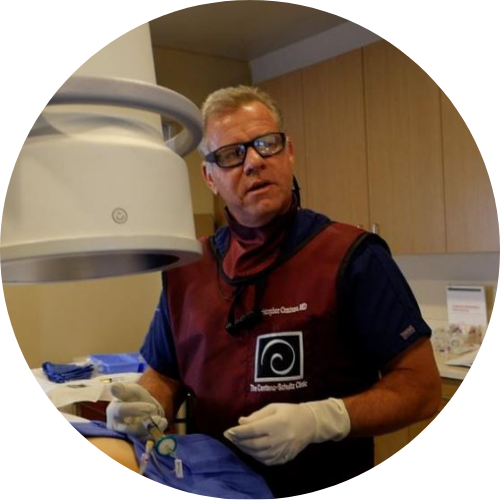
Christopher J. Centeno, MD
Christopher J. Centeno, M.D. is an international expert and specialist in Interventional Orthopedics and the clinical use of bone marrow concentrate in orthopedics.
Dr. Centeno is one of the few physicians in the world with extensive experience in the culture expansion of and clinical use of adult bone marrow concentrate to treat orthopedic injuries. His clinic incorporates a variety of revolutionary pain management techniques to bring its broad patient base relief and results. Dr. Centeno treats patients from all over the US who travel to Colorado to undergo innovative, non-surgical treatments. Dr. Centeno has chaired multiple international research-based conferences. He also maintains an active research-based practice, with multiple publications listed in the US National Library of Medicine. Dr. Centeno has also served as editor-in-chief of a medical research journal dedicated to traumatic injury.
Dr. Centeno trained at the Baylor College of Medicine, Texas Medical Center, and the Institute for Rehabilitation Research. He hails from both Florida and New York and currently resides in Boulder, Colorado with his wife and three children.

John Schultz, MD
John R. Schultz M.D. is a national expert and specialist in Interventional Orthopedics and the clinical use of bone marrow concentrate for orthopedic injuries. He is board certified in Anesthesiology and Pain Medicine and underwent fellowship training in both. Dr. Schultz has extensive experience with same day as well as culture expanded bone marrow concentrate and sees patients at the CSC Broomfield, Colorado Clinic, as well the Regenexx Clinic in Grand Cayman. Dr. Schultz emphasis is on the evaluation and treatment of thoracic and cervical disc, facet, nerve, and ligament injuries including the non-surgical treatment of Craniocervical instability (CCI). Dr. Schultz trained at George Washington School of…
Read more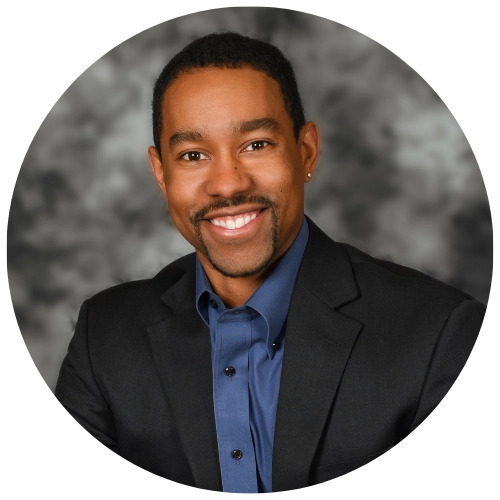
John Pitts, M.D.
Dr. Pitts is originally from Chicago, IL but is a medical graduate of Vanderbilt School of Medicine in Nashville, TN. After Vanderbilt, he completed a residency in Physical Medicine and Rehabilitation (PM&R) at Emory University in Atlanta, GA. The focus of PM&R is the restoration of function and quality of life. In residency, he gained much experience in musculoskeletal medicine, rehabilitation, spine, and sports medicine along with some regenerative medicine. He also gained significant experience in fluoroscopically guided spinal procedures and peripheral injections. However, Dr. Pitts wanted to broaden his skills and treatment options beyond the current typical standards of care.
Read more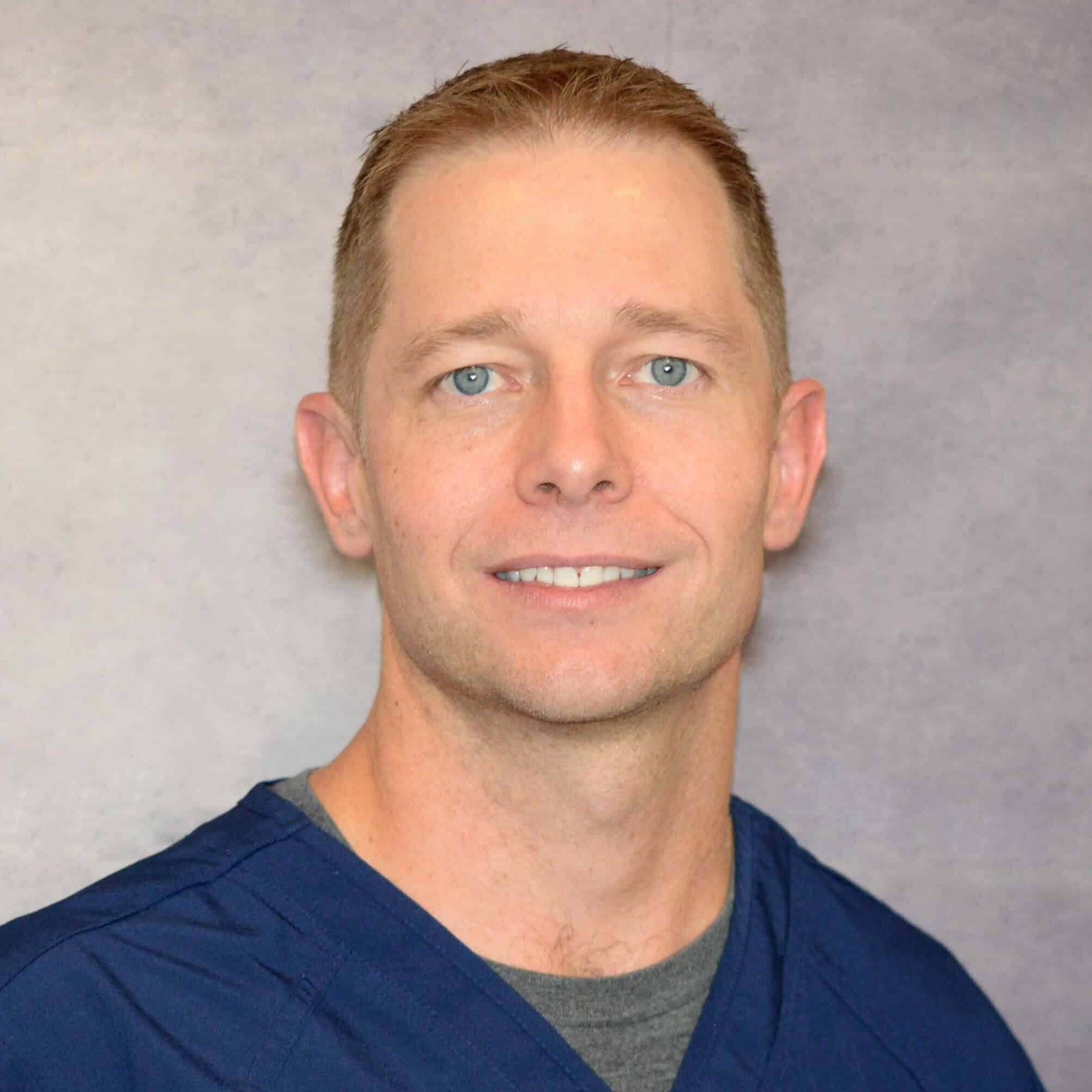
Jason Markle, D.O.
Post-residency, Dr. Markle was selected to the Interventional Orthopedic Fellowship program at the Centeno-Schultz Clinic. During his fellowship, he gained significant experience in the new field of Interventional Orthopedics and regenerative medicine, honing his skills in advanced injection techniques into the spine and joints treating patients with autologous, bone marrow concentrate and platelet solutions. Dr. Markle then accepted a full-time attending physician position at the Centeno-Schultz Clinic, where he both treats patients and trains Interventional Orthopedics fellows. Dr. Markle is an active member of the Interventional Orthopedic Foundation and serves as a course instructor, where he trains physicians from around the world.
Read more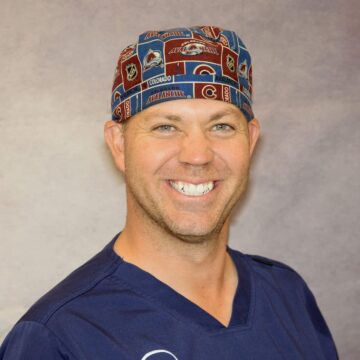
Brandon T. Money, D.O., M.S.
Dr. Money is an Indiana native who now proudly calls Colorado home. He attended medical school at Kansas City University and then returned to Indiana to complete a Physical Medicine and Rehabilitation residency program at Indiana University, where he was trained on non-surgical methods to improve health and function as well as rehabilitative care following trauma, stroke, spinal cord injury, brain injury, etc. Dr. Money has been following the ideology behind Centeno-Schultz Clinic and Regenexx since he was in medical school, as he believed there had to be a better way to care for patients than the status quo. The human body has incredible healing capabilities…
Read moreReferences:
- Batinić D, Marusić M, Pavletić Z, Bogdanić V, Uzarević B, Nemet D, Labar B. Relationship between differing volumes of bone marrow aspirates and their cellular composition. Bone Marrow Transplant. 1990 Aug;6(2):103-7. PMID: 2207448.
- Muschler GF, Boehm C, Easley K. Aspiration to obtain osteoblast progenitor cells from human bone marrow: the influence of aspiration volume. J Bone Joint Surg Am. 1997 Nov;79(11):1699-709. doi: 10.2106/00004623-199711000-00012. Erratum in: J Bone Joint Surg Am 1998 Feb;80(2):302. PMID: 9384430.
- Fennema EM, Renard AJ, Leusink A, van Blitterswijk CA, de Boer J. The effect of bone marrow aspiration strategy on the yield and quality of human mesenchymal stem cells. Acta Orthop. 2009 Oct;80(5):618-21. doi: 10.3109/17453670903278241. PMID: 19916699; PMCID: PMC2823327.
- Centeno, C.J., Al-Sayegh, H., Freeman, M.D. et al. A multi-center analysis of adverse events among two thousand, three hundred and seventy two adult patients undergoing adult autologous stem cell therapy for orthopaedic conditions. International Orthopaedics (SICOT) 40, 1755–1765 (2016). https://doi.org/10.1007/s00264-016-3162-y
- Hernigou P, Homma Y, Flouzat-Lachaniette CH, Poignard A, Chevallier N, Rouard H. Cancer risk is not increased in patients treated for orthopaedic diseases with autologous bone marrow cell concentrate. J Bone Joint Surg Am. 2013 Dec 18;95(24):2215-21. doi: 10.2106/JBJS.M.00261. PMID: 24352775.
Am I a Candidate?
To answer this question, fill out the candidate form below to request a new patient evaluation, and a patient advocate will reach out to you to determine your next steps. Your one-hour, in-office or telemedicine evaluation will be with one of the world’s experts in the field of Interventional Orthopedics.
